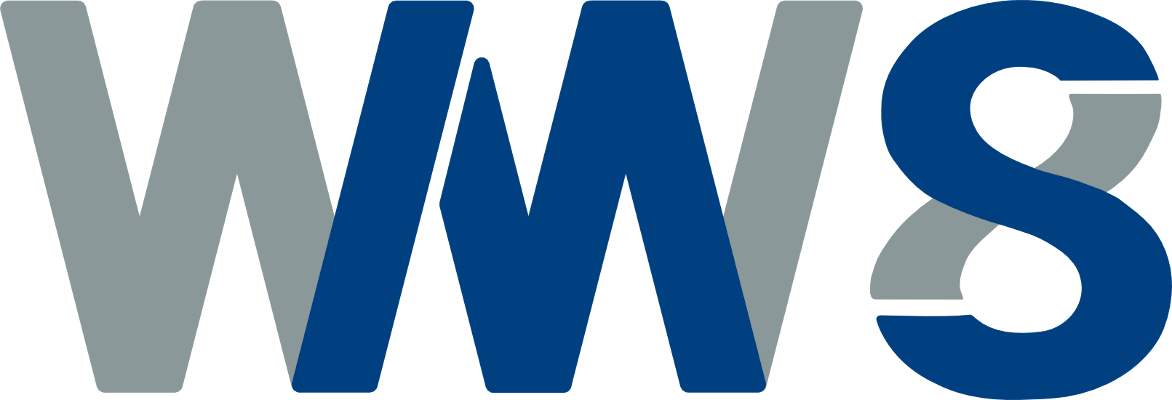Improved Understanding of Plasticity Mechanisms in Metals and Ceramics in Light of Atomic Scale Simulations Results
Julien Guénolé
WW1, FAU
Wednesday, 06.12.2017, 17:00
WW8, Raum 2.018, Dr.-Mack-Str. 77, Fürth
Over the last decades, the understanding of materials plasticity has been largely improved by a better description of elementary deformation processes at the atomic scale. Contributing to this effort since the 70’s, atomistic simulations have become lately a popular tool in the material science community thanks to the fabulous increase of computational power. Nowadays, simulations at the atomic scale are not only useful to study model systems, but are widely considered to perform numerical experiments as a complement to experimental observation. Here, we propose to illustrate some of the current challenges that benefit from atomistic approaches, encompassing multiscale aspects and synergy with experiments.
Dislocation-grain boundary (GB) interactions are of prime importance for the plastic deformation of nanocrystalline and ultra-fine grained materials. Results of carefully controlled studies of dislocations interacting with GBs in model bicrystalline aluminium will be introduced. The mechanisms during dislocation-GB interaction are studied and the stress signatures of the absorbed dislocations are analyzed. A novel approach to model the effect of the dislocation absorption on the dislocation stress field is proposed and discussed in the context of higher scale models.
Controlled setups are especially useful when it comes to determine well define properties and to transfer such information to other models. On the opposite, experimentally informed simulations widen the range of accessible plastic processes by considering less controlled, more realistic setups. To study the complex case of the interaction of channel dislocations with precipitates in Ni-base superalloys, we will consider atomistic simulations informed by atom probe tomography experiments [1]. The atomic scale details of many experimentally observed dislocation-precipitate interaction mechanisms are revealed and it is shown that the precipitate morphology, in particular its local curvature, significantly alter the mechanisms of interaction.
Towards an improved understanding of the plasticity at the atomic scale in realistic systems, the study of the deformation of nano-objects allows one-to-one comparisons between experiments and atomistic simulations. Silicon is an excellent candidate for such studies, as deformation tests with nearly defect-free samples can be performed both numerically and experimentally. However, we shown that the preparation of these nano-objects by focused ion beam milling that induces defects, clearly impact the onset of plasticity[2]. Direct effects of ion irradiation on the local strain at the nano- object surfaces has been precisely quantified, transferred to higher scale models, and compared to experimental results [3,4] . On overall, the very high elastic strain that can be sustained by nano-objects allows the activation of specific slip systems, not activated at lower strains[5].
[1] A. Prakash et al., Acta Materialia 92 (2015)
[2] J. Guénolé et al., Physical Review B 87 (2013)
[3] J. Guénolé et al., Applied Surface Science 416 (2017)
[4] A.M. Korsunsky et al., Materials Letters 185 (2016)
[5] J. Guénolé et al., Acta Materialia 59 (2011)

